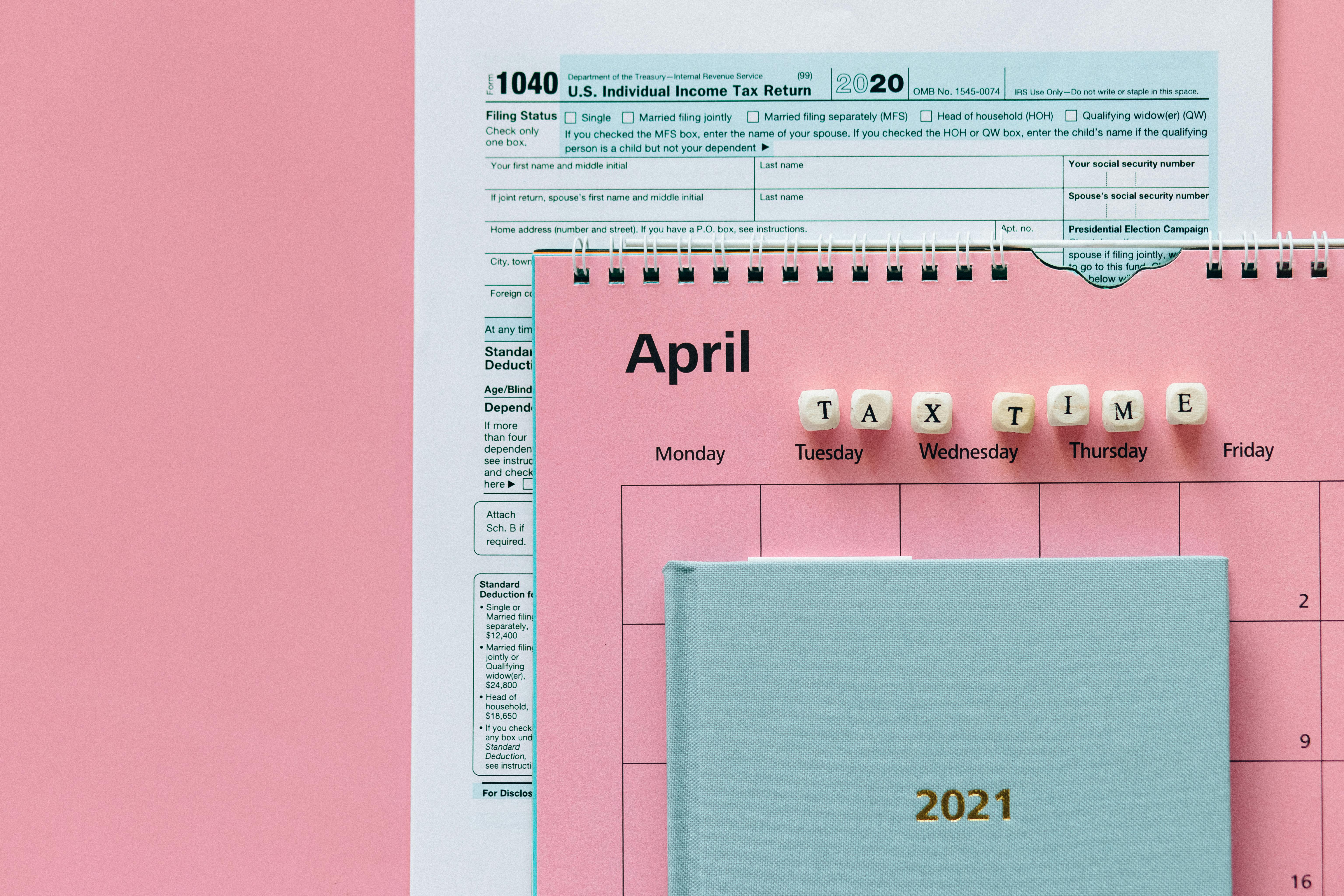Smart Ways to Evaluate Price Elasticity of Demand in 2025: Learn More

Effective Ways to Calculate Price Elasticity of Demand in 2025
Understanding Price Elasticity of Demand
Price elasticity of demand is a crucial concept in economics that measures how the quantity demanded of a good or service responds to changes in its price. This measure plays a significant role in demand elasticity measurement, helping businesses and policymakers understand consumer behavior and make informed pricing strategies. The **definition of price elasticity** highlights its importance in various market conditions, as this elasticity can influence revenue, market equilibrium, and overall economic stability. Companies can optimize their pricing strategies by comprehending how different factors, such as income levels and the availability of substitutes, affect price sensitivity among consumers.
Factors Affecting Price Elasticity
Several factors influence the **price sensitivity of consumers** and how they perceive price changes. For instance, the availability of substitute goods can make demand more elastic; if prices rise for one product, consumers may easily switch to another. Likewise, luxury goods tend to exhibit elastic demand; price increases can lead to significant drops in quantity demanded. In contrast, essential goods, such as groceries, often show inelastic demand because consumers will continue purchasing these items regardless of price fluctuations. Other elements, like consumer preferences and the percentage of income spent on a product, also shape the **relationship between price and demand**, influencing demand shifts in response to market trends.
Significance of Elasticity in Economics
Understanding elasticity is essential for making informed decisions in economics. **Elasticity in economics** impacts multiple aspects, from governmental policy implications to business pricing decisions. For instance, when calculating demand elasticity, businesses can better forecast financial outcomes in various market conditions. By applying the **elasticity and total revenue test**, they can predict the effects of price changes on revenue, allowing for more strategic positioning within their markets. Additionally, analyzing how consumers respond to price changes can equip marketers with powerful insights, enabling more targeted promotional strategies that maximize demand and improve profitability.
Real-World Applications of Price Elasticity
The **applications of price elasticity** are vast, covering sectors such as retail, services, and public policy. By leveraging methodologies like **calculating elasticity using the midpoint method**, businesses can make data-driven pricing decisions that optimize the relationship between price and demand. For example, companies can analyze how **price changes influence demand fluctuations**, utilizing elasticity to navigate market shifts efficiently. The insights gained from elasticity analysis allow businesses to adapt their strategies to changing consumer preferences, ensuring sustained growth and relevance in an ever-evolving market landscape.
Methods for Calculating Price Elasticity
There are several effective methods for **calculating price elasticity**, with each offering unique insights based on the desired outcomes. Various techniques utilize mathematical formulas, such as the direct method and the midpoint method, to arrive at elasticity values, assisting in **business pricing decisions**. Businesses must choose the approach best suited to their data quality and market dynamics. Understanding the various calculation methods empowers businesses and economists to analyze demand and tailor their strategies accordingly.
Using the Midpoint Method
The midpoint method is commonly employed for **calculating price elasticity of demand** due to its accuracy and simplicity. This formula calculates elasticity by determining the percentage change in quantity sold relative to the percentage change in price, averaging the starting and ending prices and quantities. By offering a more balanced approach, this method minimizes the potential inaccuracies associated with other calculation methods. For instance, if the price of a product rises from $10 to $12, with quantity demanded dropping from 100 units to 80 units, the calculation provides a precise measure of elasticity, equipping businesses to anticipate revenue impacts.
Application of Elasticity Measurement Techniques
Businesses can implement various **elasticity measurement techniques**, such as surveys and historical sales data analysis, to understand better how price changes affect demand. Utilizing tools like statistical methods in elasticity can yield valuable insights that inform marketing adjustments and **pricing strategies**. By combining **qualitative vs quantitative analysis**, firms can develop comprehensive forecasts with improved accuracy. New tools in the market, such as data analytics software, enrich elasticity studies by providing deeper insights into consumer purchasing patterns and preferences, allowing companies to stay ahead of trends and make informed pricing and product development choices.
Visualizing Price Elasticity
Graphical representations such as demand curves and elasticity graphs provide compelling insights into **demand responses to price changes**. For instance, illustrating demand curves helps stakeholders visualize the **impact of pricing strategies on demand**, showcasing how elasticity operates within different market segments. In financial analytics, businesses can present elasticity through interactive dashboards and visual aids that emphasize market relationships concerning price, empowering teams to make better-informed decisions in real-time.
Challenges in Interpreting Price Elasticity
While the analysis of price elasticity can yield significant insights, businesses often face challenges in **interpreting elasticity results** accurately. Changes in consumer behavior affected by factors such as economic fluctuations or environmental influences can obscure the true elasticity measurement. Additionally, analyzing elasticity in different markets might yield varied elasticity coefficients, further complicating predictions. Understanding these complications, especially regarding the **short-run vs long-run elasticity** differences, is crucial for businesses to adjust their models and strategies effectively.
Demand Forecasting Techniques
Employing accurate **demand forecasting techniques** is essential for businesses aiming to utilize price elasticity insights effectively. Incorporating elasticity measures within forecasting models allows companies to predict how demand will fluctuate with price adjustments confidently. Quantitative methods such as regression analysis can assist in providing the findings related to demand fluctuations and consumer preferences, directly reflecting price sensitivity. Minimized forecasting error leads to more robust pricing strategies that consider the various factors at play in the market, such as changes in consumer behavior and the introduction of substitute goods.
Understanding Demand Elasticity and Consumer Behavior
Incorporating insights from behavioral economics in analyzing price elasticity helps businesses understand **consumer behavior and price changes** better. Understanding how consumers perceive price alterations and their consequent purchasing decisions can illuminate the underlying factors steering demand. Consequently, businesses can refine their marketing and pricing strategies to counteract negative impacts on demand linked to specific price movements, ultimately iterating on growth strategies to maintain market share and consumer trust.
Pricing Power in Monopolies and Competition
The degree of competition within an industry plays a critical role in determining the **price sensitivity of consumers**. In monopolistic markets, where one supplier holds significant power, firms may retain higher prices without dramatically affecting quantity demanded due to an **inelastic demand definition**. Conversely, in competitive environments, companies must carefully gauge demand elasticity to avoid missteps that diminish market share. Consequently, mastering various elasticity concepts is vital for businesses navigating market complexities.
Key Takeaways
- Understanding price elasticity of demand is essential to making informed pricing decisions.
- Different methods of calculating elasticity, such as the midpoint method and demand curve analysis, provide vital insights for businesses.
- Real-world applications of price elasticity contribute to more effective pricing strategies and consumer behavior analyses.
- Businesses must be aware of the challenges in interpreting elasticities, especially in various market contexts.
- Leveraging elasticity insights can result in better demand forecasting and improved revenue outcomes.
FAQ
1. How can businesses use price elasticity to inform pricing strategies?
Businesses can analyze price elasticity to understand consumer reactions to price changes, helping optimize their pricing strategies. By evaluating demand responsiveness, firms can set prices that maximize revenue while maintaining market access. This continuous adjustment are especially vital in highly competitive sectors, where pricing decisions can significantly affect demand.
2. What is the difference between elastic and inelastic goods?
Elastic goods are those for which demand significantly changes in response to price alterations, typically luxury items or non-essential goods. In contrast, inelastic goods see little demand fluctuation despite price changes, such as basic necessities. Understanding this distinction is crucial for businesses when crafting pricing strategies.
3. How does income elasticity of demand affect pricing decisions?
Income elasticity of demand measures how quantity demanded changes in response to income fluctuations. For businesses targeting different income groups, premiums or discounts based on these elasticity estimates can shape pricing strategies that cater to specific consumers effectively while optimizing revenue results.
4. What role does the availability of substitutes play in price elasticity?
The availability of substitutes significantly influences price elasticity. When alternatives are readily accessible, demand tends to be more elastic, as consumers can effortlessly switch to another product if prices rise. Conversely, limited substitutes often lead to more inelastic demand, underscoring the importance of competitive analysis in pricing decisions.
5. How do government policies impact demand elasticity?
Government policies, such as taxes or subsidies, can significantly affect demand elasticity by altering the price consumers face. Higher sales taxes often reduce quantity demanded for elastic goods, while subsidies can make inelastic goods more accessible, modifying overall market dynamics. Thus, understanding these implications assists businesses in effective strategy development.
6. What is the significance of understanding cross elasticity of demand?
Cross elasticity measures how the quantity demanded for one product responds to price changes of another product. This insight is crucial for understanding competitive dynamics within an industry, as price adjustments by one firm can significantly impact others in the market. Businesses can adjust their strategies accordingly to remain competitive and market-responsive.
7. How can technological advancements assist in analyzing price elasticity?
Technological advancements, such as data analytics and machine learning, facilitate deeper analysis of price elasticity. Businesses can leverage advanced algorithms to predict consumer behavior patterns and optimize their pricing strategies based on comprehensive market insights, leading to improved demand forecasting accuracy and strategic decision-making.

